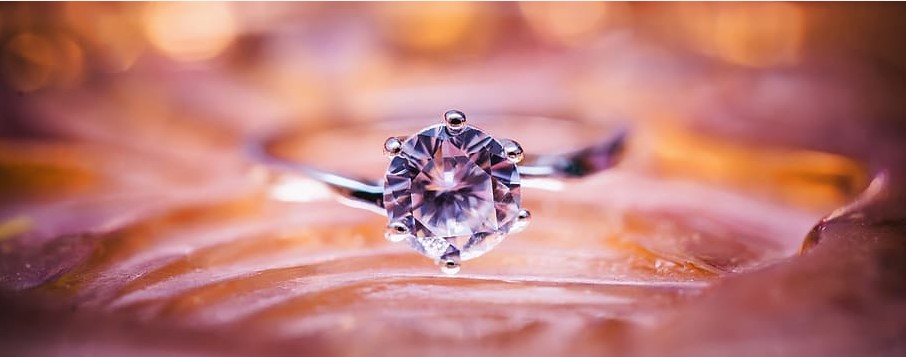
Diamond 4C Chart
When it comes to purchasing a diamond, understanding the Diamond 4C Chart is crucial. The 4Cs represent Carat, Cut, Color, and Clarity, and they play a significant role in determining the value and beauty of a diamond.
What is a Diamond 4C Chart?
The Diamond 4C Chart is a standardized system used to evaluate and grade diamonds. It provides a clear and objective way to assess a diamond’s quality and characteristics. Let’s delve deeper into each of the 4Cs and how they impact your diamond selection.
Carat
Carat refers to the weight of the diamond. One carat is equivalent to 200 milligrams, and the weight of a diamond significantly affects its price. Larger diamonds are rarer and more valuable, but it’s essential to balance carat weight with the other 4Cs for the best value.
Cut
The cut of a diamond relates to its proportions and how well it has been crafted. A well-cut diamond will have excellent sparkle and brilliance. The quality of the cut is crucial because even a flawless diamond can appear dull if it’s not cut correctly.
Color
Diamonds come in a range of colors, from colorless to light yellow or brown. The Gemological Institute of America (GIA) grades diamond color on a scale from D (colorless) to Z (light color). The less color a diamond has, the more valuable it is.
Clarity
Clarity refers to the presence of internal or external imperfections in a diamond, known as inclusions and blemishes. The fewer these imperfections, the higher the diamond’s clarity grade. Flawless diamonds are extremely rare and valuable.
Why the 4C Chart Matters
Understanding the 4Cs is essential because they determine a diamond’s quality and price. By using the Diamond 4C Chart, you can make an informed decision when purchasing a diamond, ensuring you get the best value for your budget.
Choosing Between Natural and Lab Diamonds
In addition to the traditional natural diamonds, there is an emerging option in the market: lab diamonds.
Lab Diamonds
Lab diamonds are created in a controlled environment, replicating the natural diamond-growing process. They are nearly identical in chemical composition and physical properties to natural diamonds. The key difference lies in their origin – natural diamonds are formed in the earth, while lab diamonds are created in a lab.
When considering lab diamonds, it’s important to note that they are also graded using the 4C Chart. The same principles of carat, cut, color, and clarity apply. Lab diamonds can be an excellent choice for those who want a more sustainable and ethical option.
Using the 4C Chart for Lab Diamonds
When evaluating lab diamonds, the same principles of the 4C Chart should be applied. By understanding the cut, color, clarity, and carat weight, you can still make an informed decision and select a lab diamond that suits your preferences.
Conclusion
The Diamond 4C Chart is an invaluable tool when shopping for a diamond, whether natural or lab-grown. By carefully considering the carat, cut, color, and clarity, you can make a well-informed decision to ensure that your diamond purchase is a true gem. So, whether you opt for a natural or lab diamond, let the 4Cs be your guide in selecting the perfect diamond that will sparkle and shine for generations to come.



